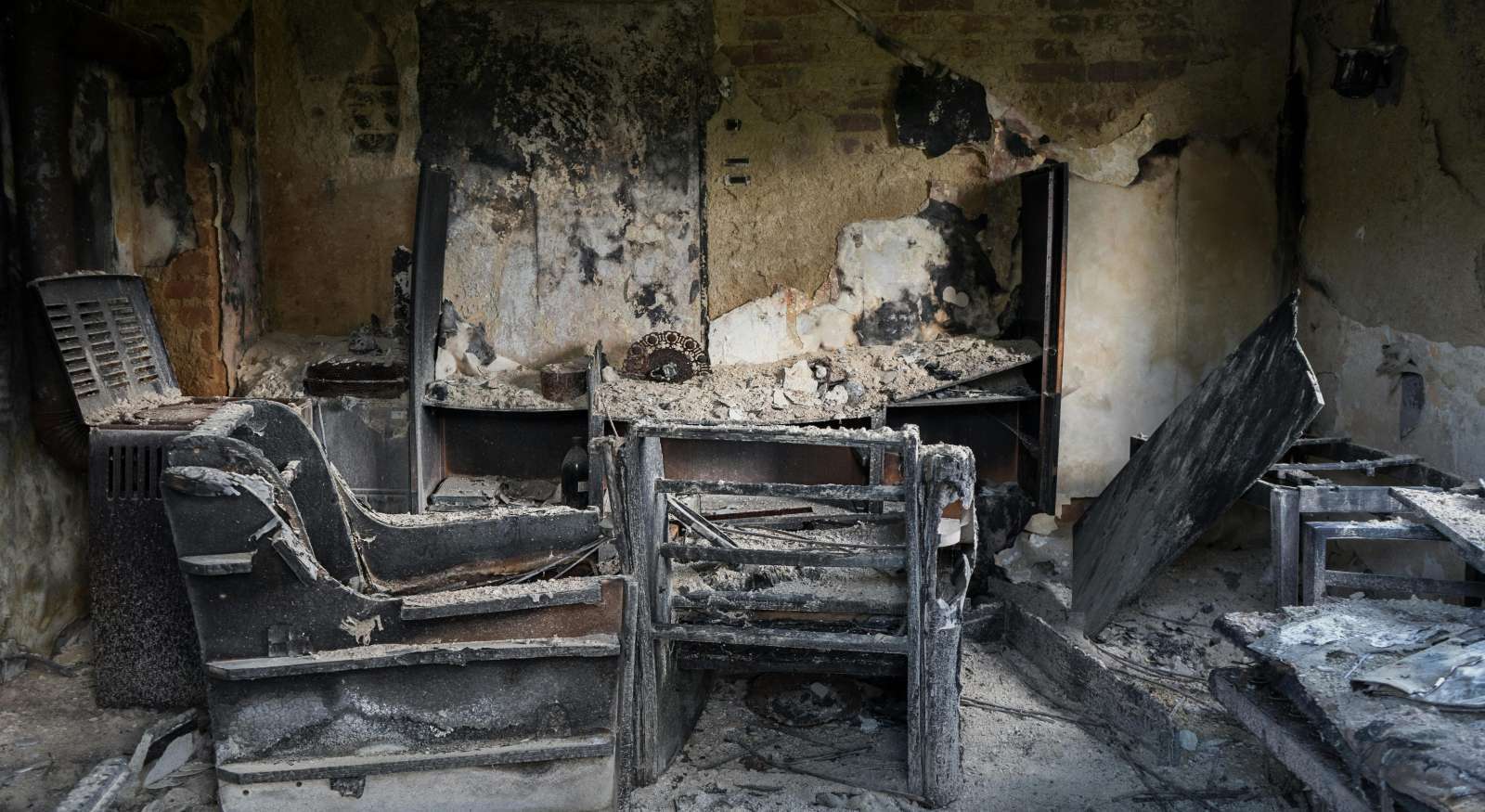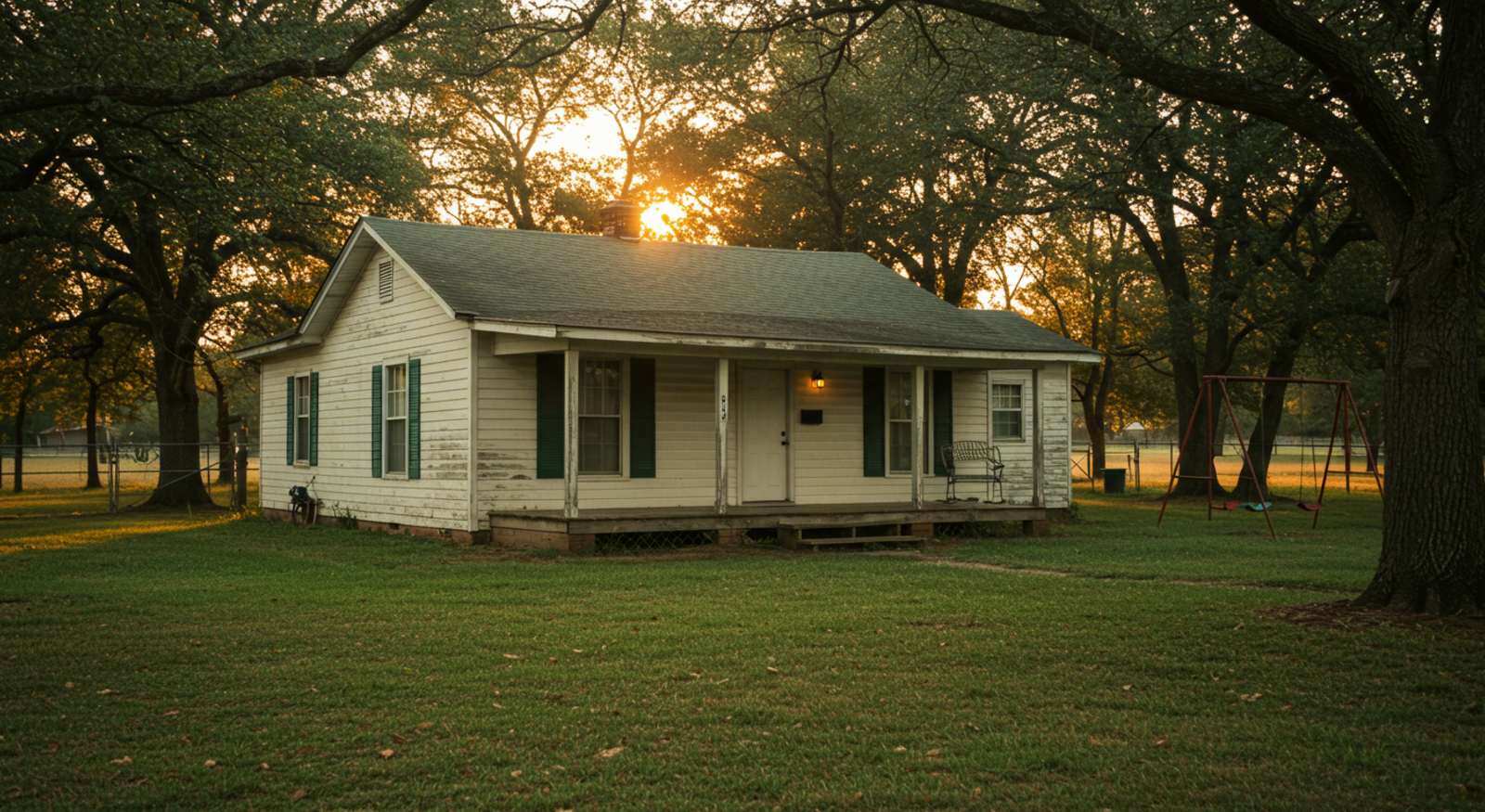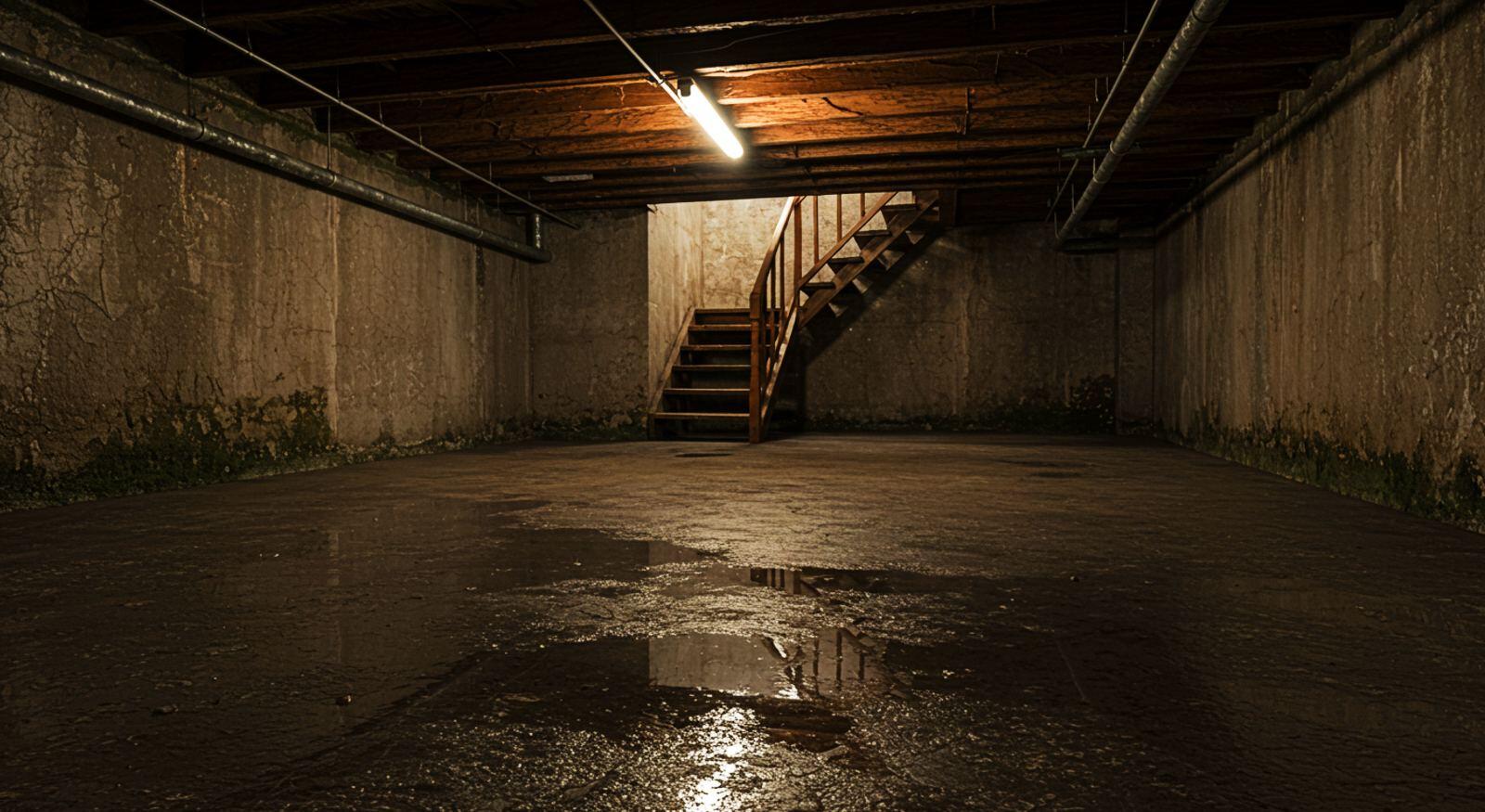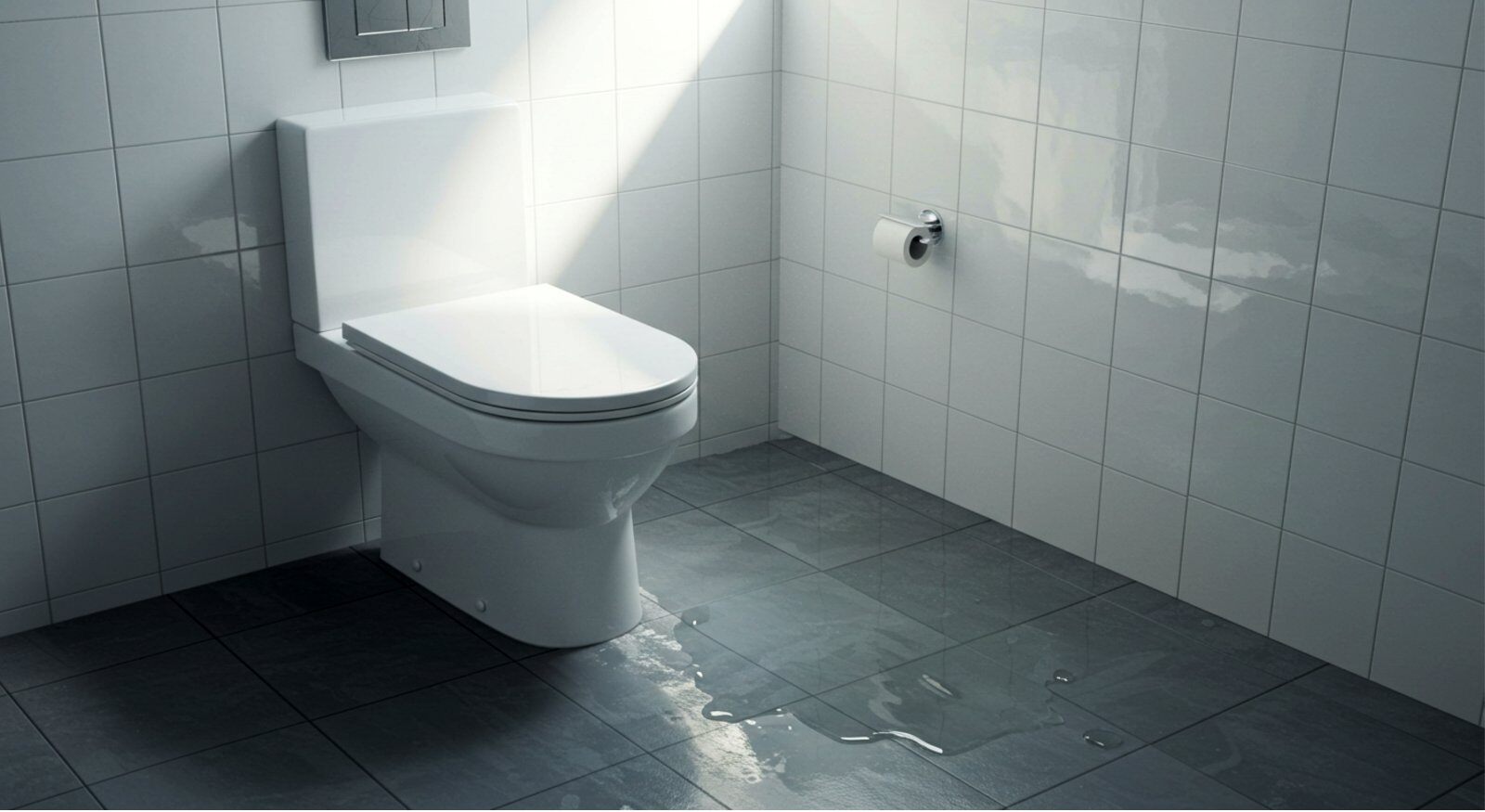Professional removal of damaged building materials at Restore-It
August 7th, 2024
5 min read
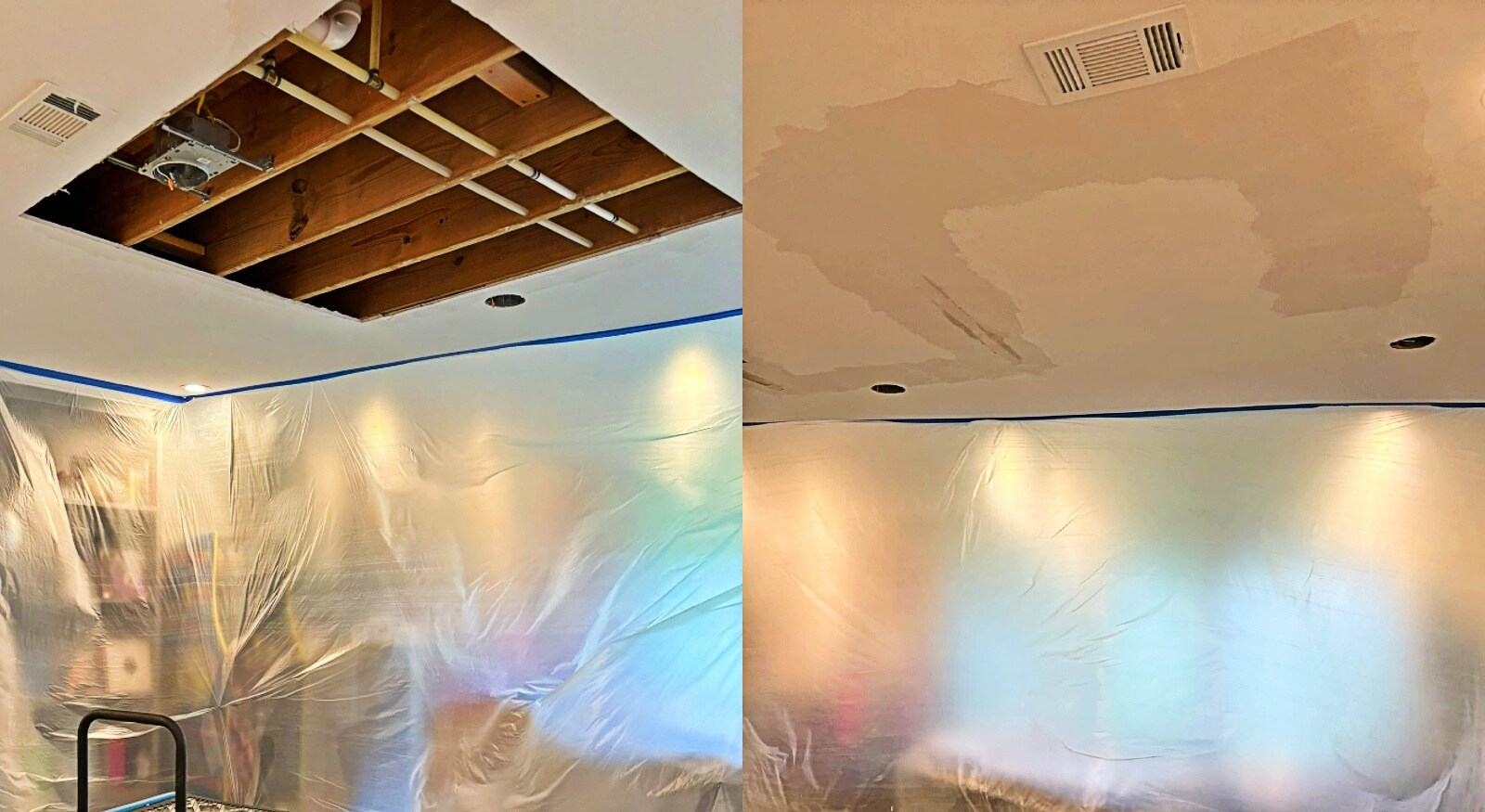
You went away with your family for a vacation, and you returned to find the floodgates opened in your living room: water on the floor, wet walls, and a dingy ceiling. As you call us to start the mitigation process, you wonder what must be done to address the damage.
Well, worry no more. With over 50 years of combined experience in restoration, we have often removed and repaired building materials in our water damage restoration projects. Hence, we know what we talk about when we say we have been there too. As an IICRC-certified firm, we follow standard procedures and know how to answer all your most pressing questions about building material removal.
In this article, we will discuss our process for dealing with damaged building material, from determining what needs to be removed to dumping the removed material and even rebuilding. So get ready because we will teach you everything you need to know about how we deal with this process here at Restore-It.
Building material removal: 10 common questions answered
Listen, the truth is there is not much science when it comes to tearing something out. You take a big hammer and just swing it. So rather than talking about the process itself, we thought it would be better to answer people's most common questions about how we deal with the building material removal process during a water damage restoration project. Without further ado, here are the answers you were looking for:
1. What are the main factors determining the need to remove building materials?
The category of the flood or, better said, the source of the water damage is a significant indicator if something needs to go. If you have contaminated water (category 2- it's toxic to drink, but you shouldn't have a problem simply being exposed to it), the material can be dried. This is, of course, assuming the building material's integral structure is not compromised. The history is different in a category 3 flood (meaning water hazardous upon contact like sewage) because that material must be removed and replaced, regardless of the damage they had.
The other important factor is the moisture content inside the building material. Whether we are talking about wood, sheetrock, or anything else, its structural integrity will suffer if too much moisture is inside. And if that's the case, the affected building materials must go.
A final factor to consider is price. If drying the building materials will actually cost more money than replacing them, then we suggest removing them to save you the hassle of dealing with an extended and costly drying process. As Tammy from Restore-It puts it, "We try to pick the best scenario for you, the homeowner, so the process can be as fast as it can be and as inexpensive as it can be."
2. How do you determine the moisture content of the building materials?
Here is a clue: we don't do it "by eye." Different building materials may look (and feel) completely dry on the outside after a water damage event, but, as cheesy romantic movies have taught us, it is the inside that counts. During the inspection, our technicians will use moisture readers to quantify the building materials' relative humidity percentage. If the percentage is within a certain threshold, we should be able to dry them on-site using dehumidifiers and air movers (we discussed this process in this article). However, if they are over said threshold, then that's an indicator that the materials should be replaced.
3. What moisture content levels indicate a building material should be removed?
For all building materials, including indoor materials, there is an acceptable level of moisture content and one that incurs in risk of mold or bacterial growth as well as structural issues. Here we will show you some general guidelines for different building materials:
For wood:
- Normal levels: 6-16%
- Critical levels: Above 20% (risk of mold growth and structural damage)
For drywall/ Sheetrock (gypsum board):
- Normal levels: Up to 1%
- Critical levels: Above 1% (risk of mold growth and damage)
For concrete:
- Normal levels: 4.5-6%
- Critical levels: Above 6% (risk of mold growth and structural issues)
For carpeting:
- Normal levels: Up to 12%
- Critical levels: Above 12% (risk of mold growth)
For insulation:
- Normal levels: Should be completely dry
- Critical levels: Any moisture content. Wet insulation needs removal.
For brick and masonry:
- Normal levels: Up to 0.5-1%
- Critical levels: Above 1% (risk of mold growth and structural damage)
For flooring (laminate, vinyl, etc.):
- Normal levels: Up to 12%
- Critical levels: Above 12% (risk of damage and mold growth)
For plaster:
- Normal levels: Up to 0.5-1%
- Critical levels: Above 1% (risk of mold growth and structural damage)
For roofing materials (shingles, tiles, etc.):
- Normal levels: Should be dry
- Critical levels: Any moisture content (risk of damage and mold growth)
For subfloor:
- Normal levels: Up to 16%
- Critical levels: Above 16% (risk of mold growth and structural damage)
4. What if something cannot be removed?
The answer is simple: everything can be removed. From floors and ceilings to bathtubs and heavy appliances, we have the workforce and the equipment to remove anything that needs to be removed.
5. What do you do with the removed building materials?
We work with a third party for our waste removal services called Get rid of it. They handle most building materials, including those damaged in a category 3 flood, which are bagged and safely disposed of. Should something not be accepted as waste, we take it to the recycling center or a special dump site, although that is rarely the case.
6. How long does it take to remove building materials?
While it depends on the building material, in most cases, we can tear out what we need to within a day or two. Some materials, like carpets and baseboards, can be removed within the day. If it's a house full of carpet, we will remove it with two technicians within a day. If there is a need for a flood cut on sheetrock, it will probably take longer to cut it, bag it all up, and clean up afterward. We understand that you want to see your house in its best condition as soon as possible, so we strive to work fast and efficiently.
7. Do we work with only a set of providers for the rebuilding process, or can the client choose?
Look, the reality is that South Arkansas has few provider choices. So, we will work with Home Depot for most of the building materials and Sherwin-Williams for paints. Should you have a different provider in mind, this can be discussed and agreed upon with your insurance company. However, these providers are usually unbeatable regarding prices (at least in this area!). As a restoration company, we look for quality materials at reasonable prices so that you feel satisfied with the results of our work.
8. How do you decide which materials to replace them?
For most of our water damage restoration projects, we try to match the original quality of the material before the loss occurred. However, if you wish, we can use a different material, such as a thicker carpet or a type of insulation that wasn't there. Just be mindful of what happens if the new material you want is more expensive or higher quality than the one you had (more on that next).
9. What happens if the new building material I want is more expensive than the one you had?
While we at Restore-It try our best to restore your house to its condition before the water damage occured, we will never step in your way if you decide to be more ambitious and use higher-quality materials. Remember that your insurance company will only pay for something comparable to what you had. Anything extra will be considered an out-of-pocket expense, meaning you must assume the bill. We have an excellent article on out-of-pocket expenses and other billing-related topics if you want to know more.
10. What if the job is too extensive and you need more hands?
We can tell you right now: we always have enough hands on-site to handle anything. As an experienced business in this industry, we were battle-tested when temperatures dropped colder than usual in South Arkansas a couple of years ago. Because of this, multiple floods occurred in houses, and we had all hands on deck, with every member of our company contributing to reaching out to people and getting them out of standing water.
With these commonly asked questions, we have gone through the ins and outs of handling damaged building materials. We expect to have taught you about the sometimes tedious but necessary material removal process. Your following action is to contact us so we can begin working on getting your house back to its pre-damaged condition.







